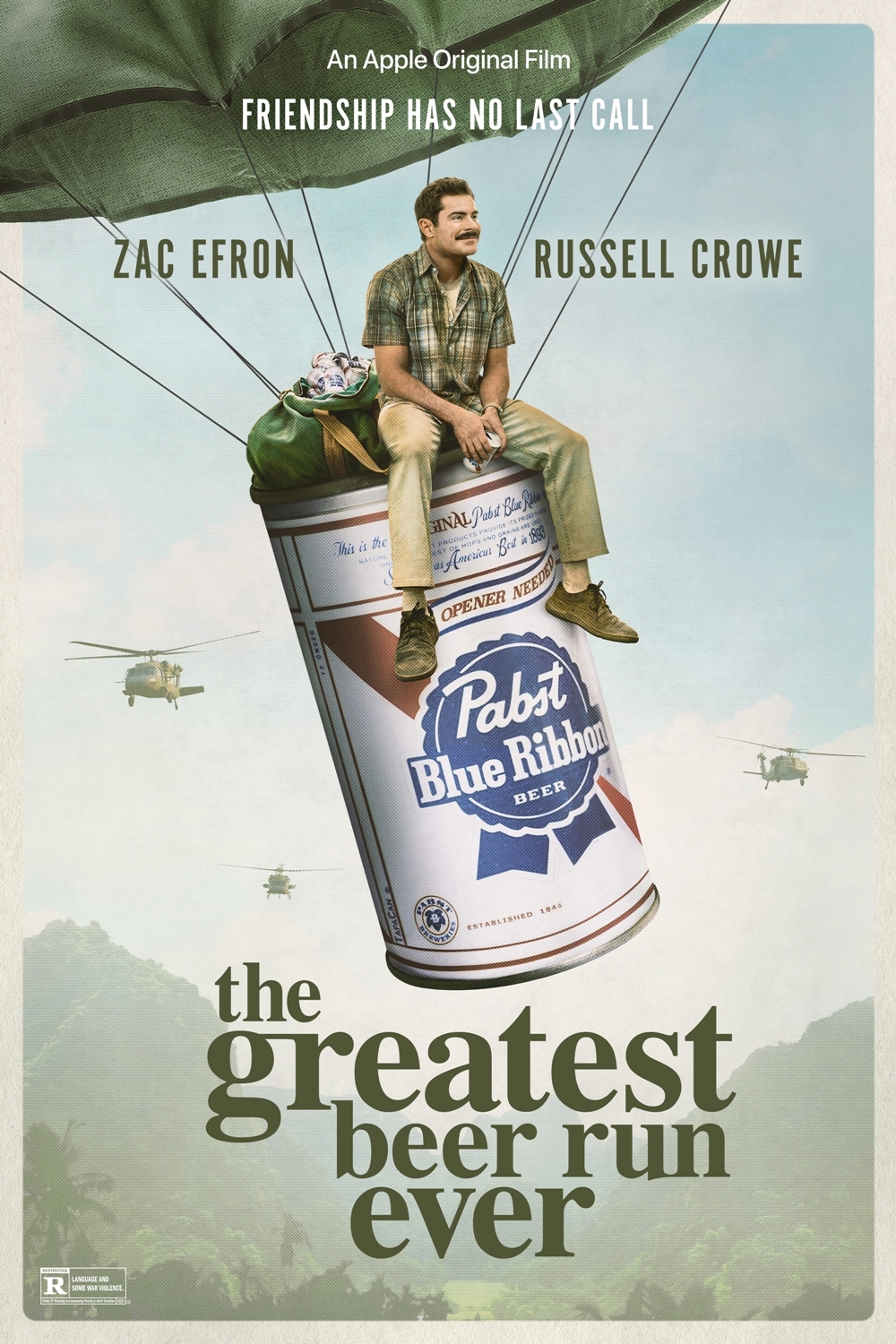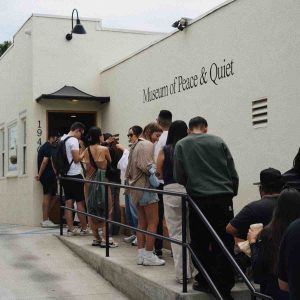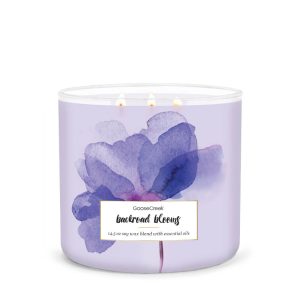Southern Craft Breweries: A Backroad Beer Run Through the Heart of Dixie
Forget the coastal highway, ditch the tourist traps. We’re trading in the postcard views for something far more authentic: a backroad beer run through the heart of Dixie. This isn’t just about knocking back a cold one; it’s about experiencing the South through the lens of its burgeoning craft brewery scene, where tradition meets innovation in every hoppy sip.
From the Appalachian foothills to the sultry Gulf Coast, we’re charting a course through small towns and hidden gems, uncovering breweries that are as unique as the landscapes they inhabit. Think pecan-infused stouts, peach-tinged wheat ales, and IPAs that pack a punch with local ingredients you won’t find anywhere else. So, grab your road map (or, you know, your phone), crank up the Southern rock, and get ready for a journey that’ll leave you craving more than just another pint.
Mapping Your Southern Suds Safari
The South is vast, and the craft beer scene is expanding faster than kudzu in July. To help you navigate this delicious landscape, we’ve broken down our beer run into several key regions, highlighting some must-visit breweries and offering a taste of what makes each area special.
Region 1: The Appalachian Ales of North Carolina & Tennessee
Forget moonshine, these mountains are now brewing up some seriously impressive craft beer. This region is all about earthy flavors, robust stouts, and breweries with breathtaking views.
-
Highland Brewing Company (Asheville, NC): A true OG of the Asheville scene, Highland boasts a wide range of brews, from their Gaelic Ale to seasonal offerings that celebrate the mountain’s bounty.
-
Yee-Haw Brewing Company (Johnson City, TN): Housed in a beautifully restored train depot, Yee-Haw offers classic styles done right, with a focus on drinkability and community.
-
Wiseacre Brewing Company (Memphis, TN): While technically bordering the plains, Wiseacre’s innovative brews and Memphis pride make it a crucial stop. Their Tiny Bomb Pilsner is a local legend.
Region 2: The Sweet Tea Sips of Georgia & South Carolina
Think peaches, pecans, and a whole lot of Southern hospitality. This region’s breweries are known for incorporating local flavors into their beers, creating truly unique and refreshing brews.
-
Terrapin Beer Co. (Athens, GA): Terrapin is known for their experimental beers and commitment to sustainability. Their Hopsecutioner IPA is a classic for a reason.
-
Creature Comforts Brewing Co. (Athens, GA): Housed in a former tire shop, Creature Comforts focuses on balanced and flavorful beers that are perfect for sipping on a hot Georgia day. Their Tropicalia IPA is a fan favorite.
-
Westbrook Brewing Co. (Mount Pleasant, SC): Situated near Charleston, Westbrook is renowned for its creative and well-executed beers, including its Gose and Mexican Cake Imperial Stout (seasonal).
Region 3: The Gulf Coast Brews of Alabama & Mississippi
From the sugar-white beaches to the historic port cities, the Gulf Coast boasts a laid-back vibe and a rapidly growing craft beer scene that’s as diverse as its culture.
-
Fairhope Brewing Company (Fairhope, AL): Located in a charming coastal town, Fairhope offers a variety of well-crafted beers, including their flagship IPA and a refreshing wheat beer.
-
Chandeleur Island Brewing Company (Gulfport, MS): Named after the barrier islands off the Mississippi coast, Chandeleur Island focuses on locally inspired beers and a commitment to community.
-
Lazy Magnolia Brewery (Kiln, MS): This brewery offers unique Southern flavors, Their Pecan Ale stands out as truly unique.
The Art of the Backroad Detour: Tips for a Successful Beer Run
- Plan your route: Use online resources like Google Maps or brewery-specific websites to map out your journey and identify potential stops. Remember to factor in travel time and brewery hours.
- Designate a driver (or two): Safety first! Ensure you have a designated driver who will abstain from alcohol. Consider using ride-sharing services or hiring a taxi if necessary.
- Pace yourself: It’s a marathon, not a sprint. Sample beers responsibly and avoid overindulging. Many breweries offer smaller pours or flights to allow you to try a variety of beers.
- Embrace the unexpected: The best beer runs are often the ones where you stumble upon hidden gems. Be open to detours and spontaneous adventures.
- Support local businesses: Craft breweries are often small, family-owned businesses that contribute to their local communities. Show your support by purchasing merchandise or enjoying a meal at the brewery.
Beyond the Beer: Exploring the Southern Experience
A backroad beer run is more than just about the beer; it’s an opportunity to experience the unique culture and charm of the South. Take the time to explore the small towns and cities along your route, visit local attractions, and sample the regional cuisine.
Possible Detours:
- Music Museums: From the Country Music Hall of Fame in Nashville to the Stax Museum of American Soul Music in Memphis, explore the South’s rich musical heritage.
- Historical Sites: Visit Civil War battlefields, plantation homes, or historic downtown areas to learn about the region’s past.
- Natural Wonders: Hike in the Great Smoky Mountains, explore the swamps of Louisiana, or relax on the beaches of the Gulf Coast.
- Local Eateries: Sample Southern specialties like barbecue, fried chicken, shrimp and grits, and of course, sweet tea.
Southern Suds: A Quick Reference Table
| Brewery | Location | Signature Beer | Vibe | Food Options |
|---|---|---|---|---|
| Highland Brewing Co. | Asheville, NC | Gaelic Ale | Relaxed, Mountain | Food Trucks |
| Yee-Haw Brewing Co. | Johnson City, TN | Dunkel | Train Depot, Lively | In-house Restaurant |
| Terrapin Beer Co. | Athens, GA | Hopsecutioner IPA | Experimental, Sustainable | Food Trucks |
| Creature Comforts | Athens, GA | Tropicalia IPA | Trendy, Balanced | Rotating Vendors |
| Westbrook Brewing Co. | Mt. Pleasant, SC | Gose | Creative, Coastal | Occasional Events |
| Fairhope Brewing Company | Fairhope, AL | Fairhope 51 IPA | Coastal, Family-Friendly | Snacks |
| Chandeleur Island Brew. | Gulfport, MS | Lil’ Ray IPA | Island-Inspired, Community | Limited Menu |
| Lazy Magnolia Brewery | Kiln, MS | Pecan Ale | Unique, Southern | Snacks |
Raising a Glass to the South
Our backroad beer run through the heart of Dixie is more than just a checklist of breweries; it’s an invitation to slow down, savor the moment, and connect with the people and places that make this region so special. So, raise a glass to the Southern craft beer scene, to the passionate brewers who are pushing the boundaries of flavor, and to the open road that leads to unforgettable adventures. Cheers, y’all!

Additional Information
Southern Craft Breweries: Beyond the Backroad Beer Run – An Analytical Deep Dive
While “Southern Craft Breweries: A Backroad Beer Run Through the Heart of Dixie” paints a picture of discovery and regional charm, a deeper analysis reveals a complex ecosystem shaped by unique cultural influences, regulatory hurdles, and evolving market dynamics. This analysis will delve into these nuances, offering a more comprehensive understanding of the Southern craft beer scene.
1. Defining the “South”: More Than Just Geography
The term “South” evokes a powerful cultural identity, and this directly impacts the craft beer industry. Beyond geographic boundaries, the South is defined by:
- Tradition and History: A deep-rooted appreciation for tradition influences brewing styles and business models. Many breweries incorporate Southern ingredients like sorghum, pecans, and muscadine grapes, paying homage to local agriculture. Furthermore, historic architecture and community narratives are often woven into the brewery’s branding and atmosphere. For instance, Straight to Ale Brewing in Huntsville, Alabama, is housed in the historic Stovehouse complex, a former stove factory, leveraging the site’s industrial heritage.
- Community Focus: Southern hospitality translates into a strong emphasis on community. Breweries often serve as local gathering places, hosting events, supporting local charities, and fostering a sense of belonging. This community-centric approach can be a significant differentiator in a competitive market.
- Religious and Social Conservatism: While changing, a degree of social conservatism in some parts of the South can present both challenges and opportunities. Strict alcohol regulations, particularly concerning Sunday sales and distribution, have historically hampered growth. However, savvy breweries navigate these regulations by emphasizing responsible drinking and aligning with community values.
2. Regulatory Landscape: Navigating the “Three-Tier System”
The “Three-Tier System” (producers, distributors, retailers) presents significant hurdles for Southern craft breweries, particularly smaller operations.
- Distribution Challenges: Gaining access to distribution networks is crucial for reaching a wider audience. In many Southern states, distributors wield significant power, often prioritizing larger national brands. Smaller breweries may struggle to secure distribution deals, limiting their reach to their immediate geographic area. The rise of self-distribution, where permitted, has offered a partial solution, but it requires significant investment in logistics and marketing.
- Franchise Laws: In some Southern states, franchise laws grant distributors exclusive rights to represent a brewery, making it difficult to switch distributors even if performance is unsatisfactory. This can stifle growth and limit a brewery’s ability to control its brand.
- Sunday Sales and Alcohol Content Restrictions: While restrictions are loosening, some counties and states still prohibit or limit Sunday alcohol sales, impacting brewery taproom revenues. Similarly, restrictions on high-alcohol beers can limit brewing innovation. For example, Mississippi, until recently, had very restrictive laws on alcohol content. Changes in legislation are slowly opening the door for a wider range of craft beer styles.
3. Market Dynamics: Growth, Competition, and Trends
The Southern craft beer market is experiencing rapid growth, but this also intensifies competition.
- Growth Trajectory: The South has witnessed a significant surge in craft breweries in the past decade. States like North Carolina, Virginia, and Georgia have emerged as craft beer hotspots, attracting tourists and driving economic development. However, this growth is uneven, with some areas lagging behind due to regulatory barriers or limited consumer demand.
- Competition Intensification: As the market matures, competition for shelf space and tap handles is fiercer. Breweries need to differentiate themselves through quality, innovation, strong branding, and effective marketing. Niche styles, such as sours, barrel-aged beers, and local ingredient-focused brews, are becoming increasingly popular as breweries seek to stand out.
- Economic Impact: Craft breweries have a significant positive economic impact, creating jobs in brewing, hospitality, and tourism. Studies have shown that craft breweries contribute millions of dollars to local economies through direct sales, tourism revenue, and ancillary businesses. Asheville, North Carolina, for example, has become a major craft beer destination, attracting millions of tourists annually.
- Consumer Preferences: Southern consumers are increasingly discerning and adventurous in their beer choices. While traditional lagers and IPAs remain popular, there is growing demand for more complex and unique flavors. Breweries are responding by experimenting with different ingredients, techniques, and styles, pushing the boundaries of Southern brewing.
4. Case Study: Sierra Nevada’s Mills River Facility
Sierra Nevada’s decision to build a large-scale brewing facility in Mills River, North Carolina, highlights the South’s growing importance as a craft beer market.
- Strategic Location: Mills River offered access to high-quality water, a skilled workforce, and a growing craft beer community. The location also allowed Sierra Nevada to better serve the eastern United States and reduce transportation costs.
- Community Integration: Sierra Nevada invested heavily in sustainability and community engagement. The facility features state-of-the-art water treatment, solar energy, and a farm-to-table restaurant showcasing local produce. The company actively participates in local events and supports community initiatives.
- Impact on the Region: Sierra Nevada’s presence has had a significant impact on the regional economy, creating hundreds of jobs and attracting other breweries and related businesses. The facility has also become a popular tourist destination, further boosting the region’s economy.
5. Future Outlook: Challenges and Opportunities
The Southern craft beer industry faces both challenges and opportunities in the years ahead.
- Challenges: Increased competition, rising ingredient costs, and ongoing regulatory hurdles will continue to pose challenges for breweries. The need to adapt to changing consumer preferences and effectively market their brands will be crucial for survival.
- Opportunities: Continued growth in tourism, increasing consumer demand for craft beer, and gradual loosening of alcohol regulations present significant opportunities. Breweries that can build strong brands, innovate with new styles, and effectively engage with their communities will be well-positioned for success. The expanding culinary scene in the South also provides opportunities for beer and food pairings, driving further consumer interest.
- Sustainable Practices: Emphasizing sustainable practices like water conservation, energy efficiency, and waste reduction will be increasingly important, both for environmental responsibility and for appealing to environmentally conscious consumers.
Conclusion:
The Southern craft beer scene is more than just a collection of breweries; it is a vibrant ecosystem reflecting the region’s unique cultural identity, historical context, and evolving market dynamics. While navigating regulatory hurdles and intensifying competition, Southern breweries are also embracing innovation, community engagement, and sustainability to carve out a distinct and thriving space in the national craft beer landscape. By understanding the nuances of this dynamic environment, both brewers and consumers can contribute to the continued growth and evolution of Southern craft beer.






